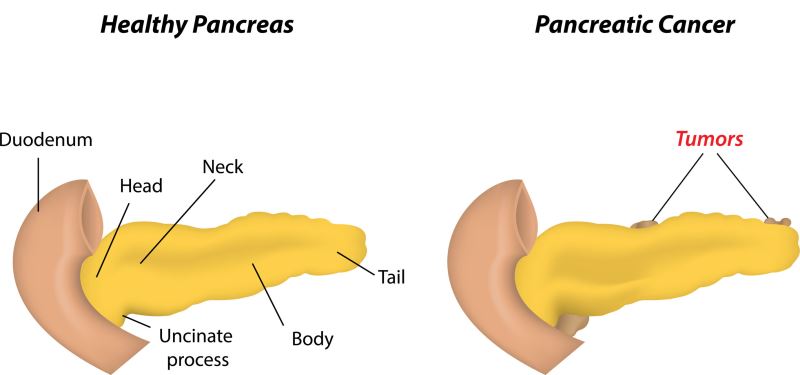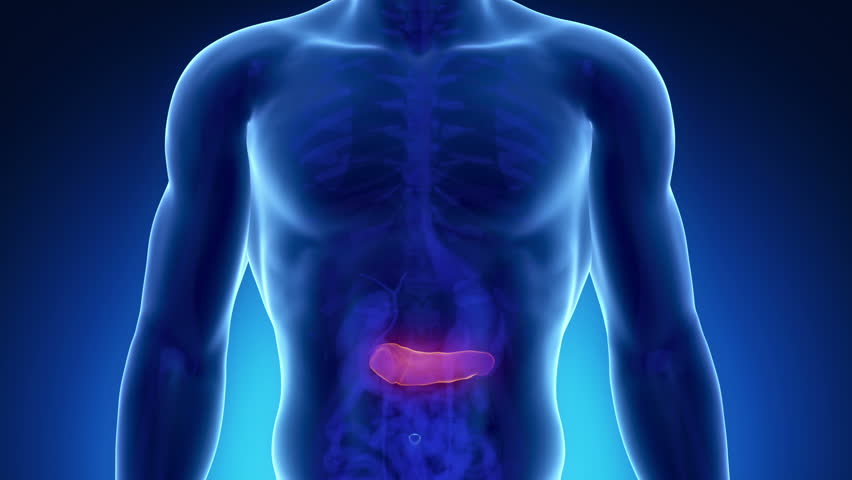What you need to know about Pancreatic Cyst Treatments
Contents
- 1 What you need to know about Pancreatic Cyst Treatments
- 2 What Does the Procedure Involve?
- 3 How Long Should You Stay at the Destination?
- 4 How Long is the Recovery Time?
- 5 What Aftercare Should You Consider?
- 6 What is the Success Rate for Pancreatic Cyst Treatments?
- 7 Are there Alternatives to Pancreatic Cyst Treatments?
- 8 What Should You Expect Before and After the Procedure?
The treatment for Pancreatic Cyst depends on the type of the cyst, it’s characteristics and its size, and whether it is causing symptoms. The options for pancreatic treatments are drainage and surgery. Your doctor will recommend the best option for your specific case.
What Does the Procedure Involve?
If you have a pseudocyst that is growing larger and causing issues, your doctor may recommend drainage, which involves passing through an endoscope (a tiny flexible tube with a camera and small needle attached to it) into your mouth and down your small intestine to drain the cyst. If your cyst is serious, enlarged, causing pain, or cancerous, your doctor will perform a surgery to remove the cyst. The surgery is done under general anesthetic.

How Long Should You Stay at the Destination?
Although the type of treatment you undergo will determine the overall length of stay, you may want to stay in the local area for about 7 to 14 days after a pancreatic cyst treatment. During your stay, you will attend follow-up checkups where your doctor will monitor your condition and remove any stitches.
How Long is the Recovery Time?
The recovery period is different from one person to another, depending on your overall health and the type of treatment you underwent. You may be able to go back to work 3 weeks after the surgery, but the total recovery period until you can resume your full routine (including exercise and heavy lifting), may take 4 to 6 weeks. Drainage typically has a shorter recovery time.
What Aftercare Should You Consider?
After the surgery, your doctor will give you a set of instructions that you will need to follow. You may be advised to follow a low-fat diet, meaning you need to restrict your daily fat intake. You may also be asked to perform some light exercises. Several weeks after the surgery, you can schedule a follow-up appointment with your local doctor to check your pancreas.
What is the Success Rate for Pancreatic Cyst Treatments?
Treatment for pancreatic cyst, especially when performed in the early stages, has a high success rate. There are some side effects and risks of complications that the procedure carries, such as leaking of pancreatic juices, bleeding, infection, reaction to anesthesia, digestive changes, and diabetes.
Are there Alternatives to Pancreatic Cyst Treatments?
If you have a benign pseudocyst, you may not need treatment as long as it does not cause any bothersome symptoms. If this is the case, your doctor may recommend watchful waiting as the alternative to treatment. However, if your cyst is malignant and/or causes symptoms, there is no alternative than treating it with drainage or surgery.
What Should You Expect Before and After the Procedure?
Pancreatic cyst increases your risk of cancer as it can be cancerous. The symptoms can also be painful and upset your day to day activities. After you have pancreatic cyst treatment, your risk of cancer is reduced and the symptoms are relieved, allowing you to resume your daily life.
For an in-depth analysis of a Pancreatic Cyst Treatments, watch this short video.
To check prices or to book a Pancreatic Cyst Treatment Procedure in Thailand or anywhere else in the world, head on over to MyMediTravel now!

